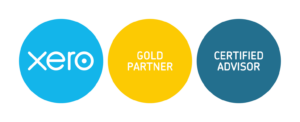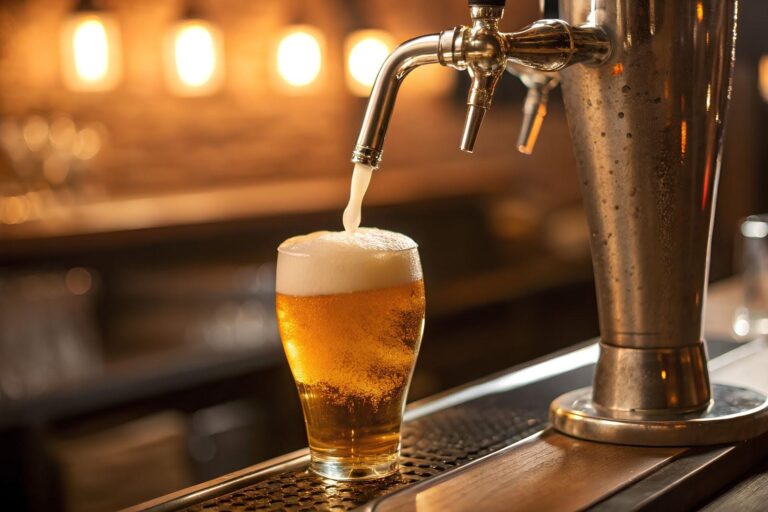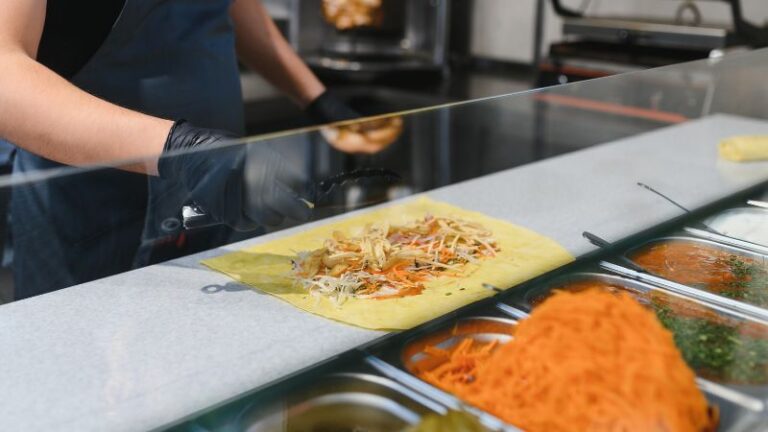2025 Restaurant Benchmarks: How Do You Stack Up?

As if running a restaurant wasn’t enough of a balancing act, 2025 has brought a whole new layer of pressure.
Costs are climbing.
Margins are shrinking.
What used to be “just enough” to stay profitable isn’t cutting it anymore.
That’s where benchmarks come in. It’s a way to compare your numbers with what’s actually working for other restaurant owners. That way, you can course-correct early or double down on what’s working. Because when you’re caught in the day-to-day – ordering, scheduling, fixing the ice machine (again) – it’s easy to lose track of the big picture.
Since we handle the books for all kinds of restaurants, we’ll share some benchmarks and insights into the numbers that tell us if a restaurant is healthy.
Labor Costs
This is the first number to watch. If your labor costs feel like they’ve crept up lately, you’re not alone. In 2025, the sweet spot is still around 20% to 30% of your revenue, depending on your restaurant’s concept.
According to 7shifts, about 40% of restaurants land in the 20–25% range, and another 26% are between 26–30%. Fast casuals tend to sit on the lower end. Full-service and fine dining? A bit higher. But once you cross that 30% mark consistently, it’s time to take a closer look.
We’re seeing owners cut back hours, automate certain tasks, and cross-train aggressively -not because they want to cut corners, but because it’s the only way to keep costs steady and avoid burning people out.
Food and Beverage Cost Percentage
In 2025, most restaurants aim to keep food and beverage costs between 28% and 32% of food and beverage revenue. The best operators get below that, but only with tight portion control, smart ordering, and real-time tracking.
Food prices are unpredictable. One week, your eggs are steady, the next they’ve doubled.
That’s why tracking matters… weekly, not monthly.
Keep an eye on high-spend categories like proteins and dairy, and compare what you planned to spend versus what actually went out the door.
Tracking this metric helps you pay attention to over-portioning, spoilage, and menu items that sound great but never sell. Fixing just one of those could make an immediate impact on your bottom line.
Prime Cost
Prime cost is the sum of your labor costs and your food and beverage costs. For most restaurants, the combination of these 2 segments should come in under 60% of revenue.. If you’re hitting above 60%, you’re keeping less money, or more likely losing it.
Here’s the thing: most owners only look at these numbers after a tough month. But the best restaurant owners check it weekly. They forecast based on trends and catch problems before they show up in the bank account.
If you haven’t done this before, start small. Track one week. Then do it again. You’ll be surprised how fast patterns emerge.
Net Profit Margin
Net profit margin is a key metric that all restaurant owners should be familiar with. It’s sales minus all business-related expenses. It’s essentially what you keep in your pocket at the end of the day.
The average net profit margin depends a lot on the type of restaurant; we wrote about it here. Full service restaurants average about 3% to 5% profit, while fast casual models can average 6% to 9%. That’s not a lot of room to work with. If your profit is under 2% or you’re consistently breaking even, that’s your red flag.
We’ve seen restaurants go months thinking they were doing okay, only to realize their profit disappeared in overtime pay, spoiled product, or delivery fees.
To get the full picture, you’ll also want to look at your gross profit margin.
Revenue Per Available Seat Hour (RevPASH)
Revenue Per Available Seat Hour (RevPASH) is a mouthful, but it’s one of the most useful numbers out there. It refers to the revenue earned for each available seat within a given hour of operation. This metric shows you how well your restaurant is managing seating space within a given time frame. Please check out this article from Toast that explains it in more detail.
Maybe your weekend brunch is slammed, but Tuesday dinner? Crickets. Tracking RevPASH tells you exactly where to focus your promos, your staffing, or your specials.
Once you know your dead zones, you can start testing offers or experiences that fill the gaps.
Inventory Turnover
No one wants to serve stale food or toss it in the trash. Most restaurants are turning inventory 4 to 8 times per month. That’s the target outlined in the 2025 Restaurant Benchmark Guide by Leverage Buying Group.
If your inventory sits too long, two things happen: food spoils and your cash gets tied up. When that cash is sitting in a freezer instead of your bank account, it affects cash flow.
You can start tracking days-on-hand for your top 10 SKUs. See where you’re overbuying and trim back, or better yet, trim/simplify your menu.
Employee Turnover
Restaurant turnover is brutal. According to Paytronix, full-service restaurants have an average turnover rate of around 75% to 100%. Quick service restaurants (QSRs) usually exceed 130%.
Every time someone quits, you lose time, training and team morale takes a hit. We’ve seen restaurants reduce turnover by simply posting schedules earlier, doing proper onboarding, or offering tiny perks like paid birthdays or shift meals. It doesn’t solve everything. But it sends the signal that you care. And in this industry, that goes a long way.
How Do You Stack Up?
Benchmarks aren’t just numbers. They tell you where you’re ahead, where you’re slipping, and where small changes could make a big difference.
If this list left you feeling overwhelmed, that’s okay. Most owners are in the thick of it. But here’s the good news: you don’t need to fix it all overnight. Just pick one area. One number and start there.
We Can Help You Make Sense of the Numbers
If you’re not sure where to begin, or you’re too busy running the day-to-day to dig into the details, this is where we come in.
At U-Nique Accounting, we help restaurant owners see the story behind their numbers. Not just where the money went, but what it’s telling you. With Xero’s smart automations and simple interface, we make tracking sales, invoices, and expenses effortless, so you always have a clear view of your restaurant’s performance.
If you’re ready to stop guessing and start making decisions with confidence, we’re here when you need us.
Use the calendar below to book your first call. No pressure. Just a better way to run your restaurant.
Until next time.

By MATT CIANCIARULO



